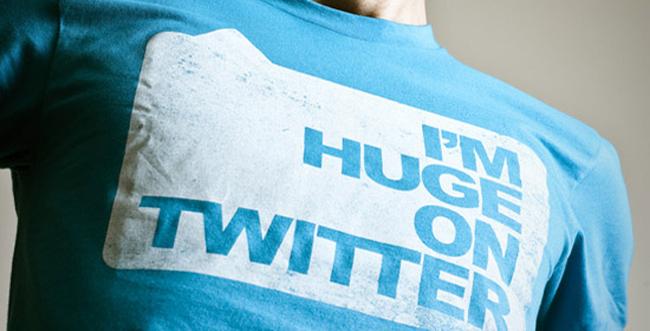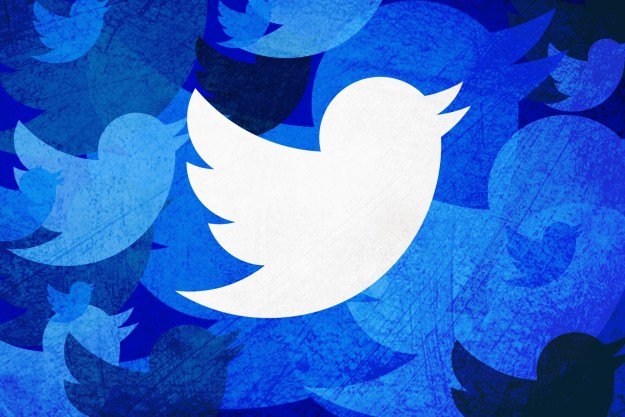 When you go through the tweets in your feed showcasing your friends’ razor-sharp wit and intellect, do you frequently get that nagging feeling you’re just not cutting it in terms of coolness? Take a look at your own posts. Are they more about what you ate today, linking to photos of your pets, or just re-posts of tweets you wish you’d written first? Don’t beat yourself up too much … it’s out of your hands. According to research, it’s normal for your Twitter friends to be cooler than you.
When you go through the tweets in your feed showcasing your friends’ razor-sharp wit and intellect, do you frequently get that nagging feeling you’re just not cutting it in terms of coolness? Take a look at your own posts. Are they more about what you ate today, linking to photos of your pets, or just re-posts of tweets you wish you’d written first? Don’t beat yourself up too much … it’s out of your hands. According to research, it’s normal for your Twitter friends to be cooler than you.
The Friendship paradox
Actually, it’s not just true for Twitter. According to New York Times, a study that sampled Facebook friendships found that 93 percent of the time, a person’s friend list is populated by less people compared to his or her friends’; an average Facebook user has about 190 friends, while they are friends with people who have over 635 in their network. “The average number of friends of friends is always greater than the average number of friends of individuals” – more commonly known as the friendship paradox – will always be biased to the people in a certain area, community, or social network; we forget to count the ones who aren’t on Facebook, but we keep counting our popular friends that have thousands of contacts (yourself being one of them).

They were also able to uncover another paradox that proves your Twitter friends are more active than you are as well as more prone to both receive and post viral content. “Active users are also more interested in consuming content, on average, causing them to follow more users as they grow more active,” the paper explains. “[They] are more likely to appear in the feed via retweets of others. Activity causes connectivity.” Their paper, aptly entitled Friendship Paradox Redux: Your Friends Are More Interesting Than You, is scheduled to premiere at the Weblogs and Social Media conference in Boston this coming July.
Other Twitter studies analyzing popularity
According to Marketing Land, a recent survey stated that the popularity of content on Twitter (as well as other social media platforms) notably heightens the possibility of it being read by the masses. Out of the 629 test subjects, 374 were asked how they would respond to a post retweeted six times while the rest were questioned on their reaction to a tweet re-posted 697 times. Not surprisingly, respondents were more likely to click on a link or read an article that has been shared 697 times, believing that the quantity of RTs is a determinant of its relevance.
A study scrutinizing the essence of retweeting – spearheaded by researchers from the University of Washington, MIT, and Penn – utilized the Twitter API in order to cull retweet data, and their results reveal that most retweets happen within one hour of the original post. The research mainly used base tweets from 52 users (both famous and not) and analyzed how retweets progressed, taking into account factors like retweet rate, number of followers, and retweets of other tweets. By using 10 percent of the base tweets at first, they were able to come up with an average retweet time of 4.4 minutes.
There are probably other factors that could be considered to improve the accuracy of this average, like the time of day tweets were posted, or the subject matter of tweets. If anyone figures out a more efficient approach that uses more aspects of a tweet, then users can know for sure what to tweet (and when to tweet it) in order to acquire a legitimate following on the micro-blogging site.
Editors' Recommendations
- Why is Twitter called X now? Here’s everything you need to know
- Elon Musk finally in charge of Twitter, reports say
- Edited tweets may be coming to your Twitter timeline soon
- Yes, Twitter is down right now, and we don’t know when it’ll be back
- Twitter statuses can warn people when your tweet is a hot take

